Crown Gear Factory
A crown gear (also known as a face gear or a contrate gear) is a gear that has teeth that project at right angles to the face of the wheel. In particular, the crown gear is a bevel gear where the pitch cone angle is 90 degrees. A pitch cone of any other angle is called a bevel gear. Crown gears typically mesh with other bevel gears or sometimes spur gears, a typical use being a crown gear and pinion system, which allows a rotary motion to be shifted 90 degrees.
Crown Gear for Trains on Uphill Tracks Roller coasters and Car Steering Wheels

What is a Crown Gear?
A crown gear (also known as a face gear or a contrate gear Crown Gear Factory) is a gear that has teeth that project at right angles to the face of the wheel. In particular, the crown gear is a bevel gear where the pitch cone angle is 90 degrees. A pitch cone of any other angle is called a bevel gear. The Crown gears typically mesh with other bevel gears or sometimes spur gears, a typical use being a crown gear and pinion system, which allows a rotary motion to be shifted 90 degrees.
Crown Gear Uses
Crown gears are typically used for applications where low noise-emitting loads are required. They are used for trains on uphill tracks, rollercoasters, locking doors on trails, and car steering wheels. A crown gear used with a rack’s interlocking clogs allows the equipment to roll along the frame even if it has to go uphill or sideways.
Crown Gear and Pinion(Crown Gear Factory) Animation
A special case of angular gear occurs when a conventional spur gear is used as a pinion, which in principle rolls on a rack that is bent into a ring. The teeth arranged in the plane resemble the teeth of a crown in their appearance. This is why one speaks of a so-called crown gear. The tooth line of a crown gear can be either straight cut or spiral.
The animation above shows a straight-cut crown gear driven by a conventional spur gear. In contrast to the bevel gear with a conical shape, the crown gear allows axial displacement of its mating gear! In addition, no axial forces occur as with conical bevel gears.
Since the circumferential speed of the crown gear increases towards the outside, but the spur gear has a constant circumferential speed, the tooth profile of the crown gear must be adapted in a radial direction for a sliding-free rolling process of the pitch bodies (large pressure angle at the outside and small pressure angle inside).
The crown gear is not a bevel gear in the actual sense since the pitch bodies are not cones anymore! In contrast to the planar crown gear, a shaft angle of 90° can be achieved with a regular crown gear. In general, the shaft angle can range between 0° and 180°.
Materials Used in Crown Gear Manufacturing Process
Different materials employed for crown gears contain a wide variety of cast irons, non-metallic materials, and non-ferrous materials. Choosing the crown gear material is based on the following:
- Method of manufacture
- Type of work
- Required dimensions and weight of the drive
- Peripheral speed
- Allowable stress
- Degree of accuracy required
- Shock resistance
Some substances chosen include:
- Cast iron, which is commonly based on its good wearing features, excellent machinability, and ease of generating complicated forms by the casting method. It is appropriate where large gears of complicated forms are required.
- Steel, which is strong enough and extremely resistant to wear by abrasion.
- Cast steel, which is utilized where stress on the gear is great enough, and it is problematic to fabricate the gears.
- Plain carbon steels, which discovered application for industrial systems where great toughness combined with large strength.
- Alloy steels, which are employed where great tooth strength and small tooth wear are needed.
- Aluminum, which is used where small inertia of rotating mass is asked.
- Gears made of non–metallic substances give a noiseless performance at high peripheral velocities.
Crown Gear Vs Bevel Gear
Bevel gears have the appearance of a cone that has had its top cut off. Within the bevel gear family, there are several different subsets, including helical bevel gears, straight bevel gears, spiral bevel gears, and miter bevel gears. Bevel gears are used to transmit force between two shafts which intersect at a specific point. They are used in differential drives, such as those on a cornering automobile, as they can transmit power to two axles spinning at different speeds.
Crown gears, also known as contrate gears, are a type of bevel gear whose teeth project at right angles to the plane of the wheel. This makes the teeth resemble the points of a crown, giving the gear its name. Unlike conical bevel gears, crown gears are cylindrical. They can either be paired with other bevel gears or spur gears, depending on the tooth design.
| Crown Gear | Bevel Gear |
 |
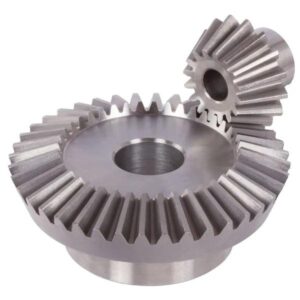 |
Type of Crown Gear
| Single Radius CG | We make Crown Gears from forging materials like EN 9, EN 19, EN 24, etc. Cast Steel is also used – grades like 2644 Gr-II / IS 2708 Gr-II. We supply these to the Cement, Steel, Mining, Engineering, Marine, and Sugar Industries. |
| Double Radius CG | We make Crown Gears from forging materials like EN 9, EN 19, EN 24, etc. Cast Steel is also used – grades like 2644 Gr-II / IS 2708 Gr-II. We supply these to the Cement, Steel, Mining, Engineering, Marine, and Sugar Industries. |
| Multiple Radius CG | We make Crown Gears from forging materials like EN 9, EN 19, EN 24, etc. Cast Steel is also used – grades like 2644 Gr-II / IS 2708 Gr-II. We supply these to the Cement, Steel, Mining, Engineering, Marine, and Sugar Industries. |
Crown Gear Manufacturers
A practical approach to the gear noise problem that yields good results is the crowning or barreling of the teeth. This technique involves changing the chordal thickness of the tooth along its axis. This modification eliminates the end bearing by offering a contact bearing in the center of the gear.
Crowned Gears are necessary for applications where noise is a concern and self-alignment is required. Crowning gear teeth reduce noise by alleviating misalignment through assembly or thrust problems.
Crown Gear Factory can achieve crowning by crown hobbing in one of our gear hobbing machines without any additional process. We can do different complex and multiple-radius crowning types based on your OEM design and drawings.
Gear tooth modifications, such as lead crowning, are often recommended to compensate for misalignment (e.g., assembly deviations). Lead crowning means that the tooth center is slightly thicker than the edges and is usually described as a circular arc profile.
The use of crowning shifts the peak load from the tooth flank edges and therefore reduces the risk for high contact pressures at the borders, which can otherwise result in a shortened service life.
- The crowning technique involves changing the chordal thickness of the tooth along its axis. This modification eliminates the end bearing by offering a contact bearing in the center of the gear.
- A second benefit of the crowning approach to gear cutting is minimizing misalignment problems caused by inaccurate machining, casting, housing, shafting, gearboxes, or bearing journals.
- Crowning can also reduce lead problems in the gears themselves, which causes the gears to wear unevenly and bind because of eccentricities and position errors.
- Gear with a center contact is less affected by discrepant manufacturing or design; furthermore, one can reduce the backlash requirements and allow the gears to wear in rather than out.
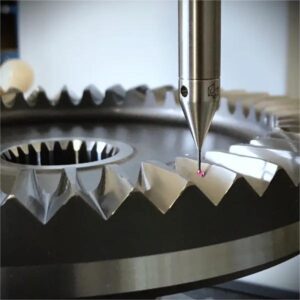 |
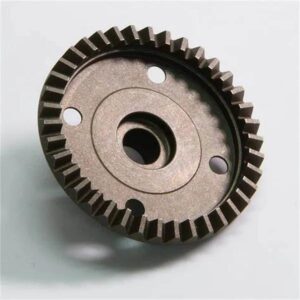 |
FAQ
Q: Are You a trading company or a manufacturer?
A: We Are the factory (Crown Gear Factory).
Q: How Can I get an offer?
A: Please send quotation information: drawings, materials, weight, quantity, and requirements, we can accept PDF, ISGS, DWG, and STEP file formats. If you don’t have the drawings, please send us the samples, and we can also quote you according to your samples.
Q: What is your minimum order size?
A: it is usually 100 pieces, but a low quantity is acceptable under some special circumstances.
Q: Do you provide samples? Is it free or extra?
A: Yes, we(Crown Gear Factory) can provide samples free of charge, but we don’t pay the freight.
Q: What is the lead time for mass production?
A: honestly, it depends on the number of orders. Normally, if you don’t need the tools, deposit them after 30 days or so.
Q: What if the parts don’t Work?
A: we can guarantee the quality, but if it happens, please contact us immediately, and take some photos, and we will check the problem and solve it as soon as possible.
Q: What are your terms of payment?
A: payment is less than US $1000,100% in advance. Payment: $1000,50% wire transfer in advance, balance before shipment

Packing Shipping Delivery
  |
 |
|
 |
 |
|
How to choose power transmissions parts and industrial products which meet our requirement
| Chains | Sprockets | Pulleys | Timing belt Pulley | V-belt Pulley |
| Sheaves | Coupings | Bush &Hub | Gear& Rack | V-Belt |
| Locking Assembly | Pulley | Gearbox | Reducer | Shaft Collar |
| Rod End Bearing | Clevis | PTO | Chain Guide | Belt Guide |
| Rubber Buffer | Chain Tensioner | PTO Drive Shafts | Universal Joints | Roller Chains |
| Conveyor Chains | V-Belts | Worm Gearbox | Helical Gear | Worm |
| Agricultural Chain | CNC Proces Parts | Casting | Stamping | |
| Powder Metallurgy | CNC Proces Parts | Casting | Stamping |
What Products Do you sell ?
We are a group of factories, give customer one stop solution of power transmission and industrial products. We are in the position to supply wide range of products, including chains, sprockets, v-belt and v-belt pulleys, timing belt and timing belt pulleys, gears, speed reducers, motors, racks, couplings, and many other parts, like locking assembly, taper bushing, Chain guide, shaft collar, torque limiter, cam clutch, universal joint, motor base and motor slide, rod end, clevis, rubber mount, etc. We make special parts according to drawings and/or samples.
How to choose a gearbox which meets our requirement?
You can refer to our catalogue to choose the gearbox or we can help to choose when you provide
the technical information of required output torque, output speed and motor parameter etc.
What information shall we give before placing a purchase order?
a) Type of the gearbox, ratio, input and output type, input flange, mounting position, and motor informationetc.
b) Housing color.
c) Purchase quantity.
d) Other special requirements.
What industries are your gearboxes being used?
Our gearboxes are widely used in the areas of textile, food processing, beverage, chemical industry,
escalator,automatic storage equipment, metallurgy, tabacco, environmental protection, logistics and etc.
What is the producing process?
Production process including raw material cutting, machine processing, grinding, accessories cleaning, assemble, cleaning, stoving, oil coating, cover pressing, testing, package.
How to control the products quality?
Combining advanced equipment and strict management, we provide high standard and quality bearings for our customers all over the world.
What is the transportation?
-If small quantity , we Suggest to send by express, such as DHL,UPS, TNT FEDEX. If large amount, by air or sea shipping.
Can we design packaging?
-Yes. Default is regular packing, and we can make customer's own packing.
Can you provide OEM service?
-Yes, we work on OEM orders. Which means size, quantity, design, packing solution, etc will depend on your requests; and your logo will be customized on our products.
Can you give me discount on Power Transmissions Parts and Industrial parts?
-Yes, of course. Pls. send me your Email, you'll get more
Q: Are You a trading company or a manufacturer?
A: We Are the factory and have our Own trading company
Q: How Can I get an offer?
A: please send US quotation information: drawings, materials, weight, quantity and requirements, we can accept PDF, ISGS, DWG, STEP file format. If you don't have the drawings, please send us the samples, we can also quote you according to your samples.
Q: What is your minimum order size?
A: it is usually 100 pieces, but a low quantity is acceptable under some special circumstances.
Q: Do you provide samples? Is it free or extra?
A: Yes, we can provide samples free of charge, but we don't pay the freight.
Q: What is the lead time for mass production?
A: honestly, it depends on the number of orders. Normally, if you don't need the tools, deposit them after 30 days or so.
Q: What if the parts don't Work?
A: we can guarantee the quality, but if it happens, please contact us immediately, take some photos, we will check the problem and solve it as soon as possible.
Q: What are your terms of payment?
A: payment is less than US $1000,100% in advance. Payment: $1000,50% wire transfer in advance, balance before shipment,Other Terms of payment are negotiable

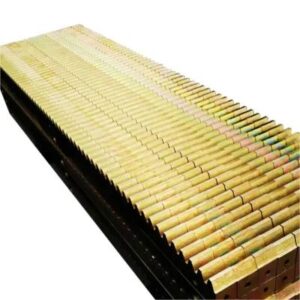
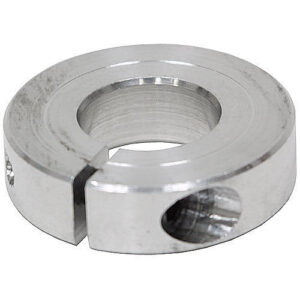
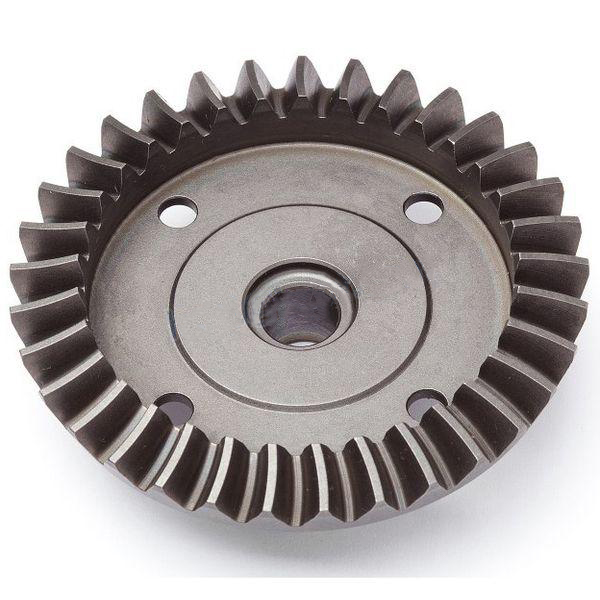
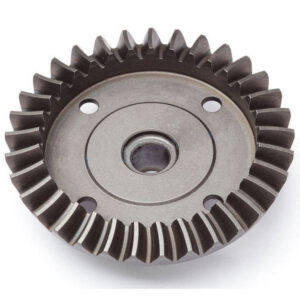
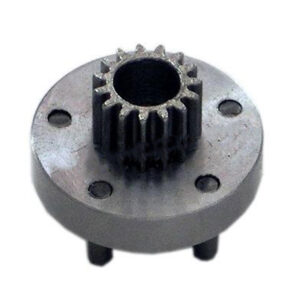
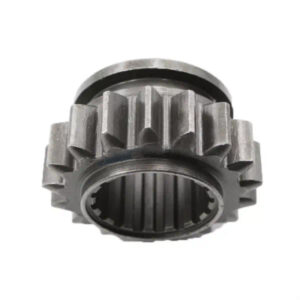
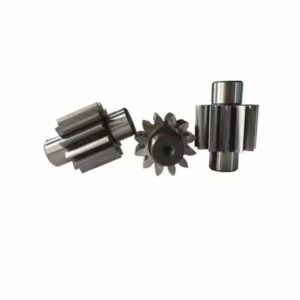
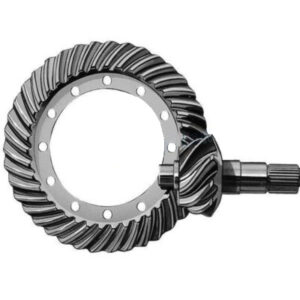

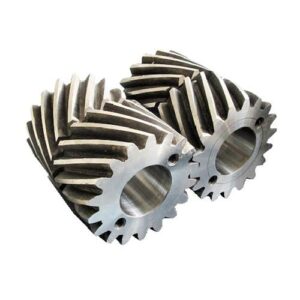

Reviews
There are no reviews yet.